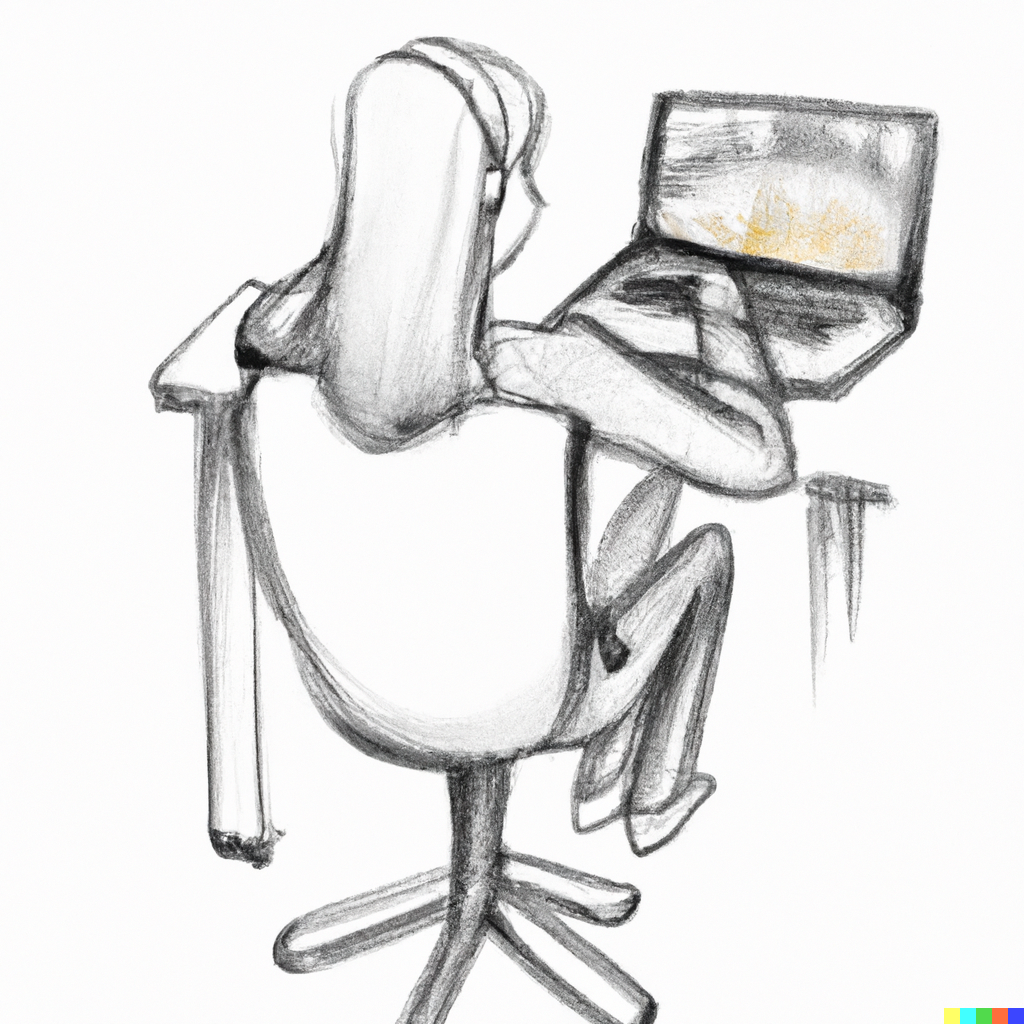Startups comms, essays on tech and five great links each week.
Posts tagged Remote
How to Use Virtual Backgrounds for Meetings in a Non-Cringe Way
Virtual backgrounds might look goofy but if you use them right you can definitely improve your picture without spending $5000 on a DSLR and a shelf full of books to be your background.

How to Run A Remote Team
I’ve been working remotely for 8+ years and now running a team distributed at least across 5 countries. It’s challenging but it’s also very likely the best work environment that can help you attract talented people no matter where they live.

How to Work Remotely and Stay Sane
I’ve been working remotely for nine years now. I wouldn’t say it’s everyone’s future. There are pros and cons. For me personally, the advantages far outweigh the problems. If you ended up in a remote work arrangement, you might find these tips helpful.
